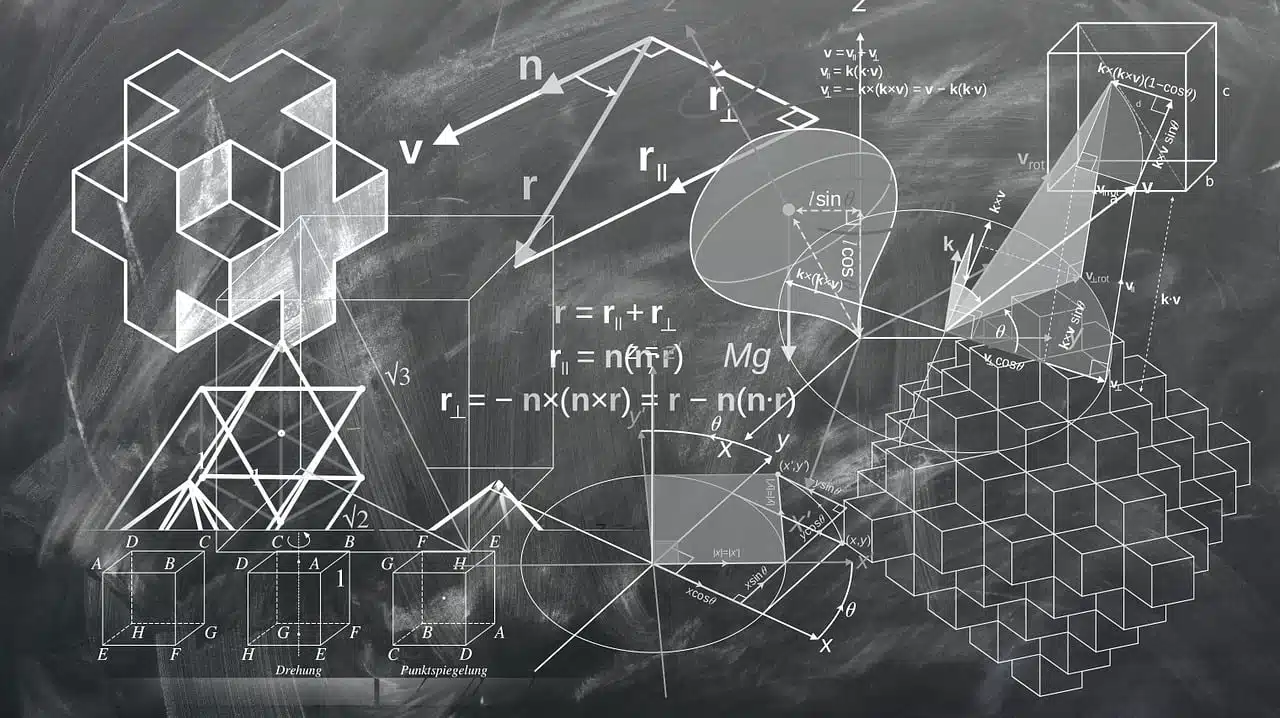
The concept of homothecy is used in the field of geometry.
Homothecy is the link established by two figures when their corresponding points are aligned at a fixed point . It is, therefore, a correspondence between geometric figures.
Homothetic points
The so-called homothetic points are the points transformed by multiplying the original points by the common factor. Homothecy involves starting from a fixed point known as the center or point O.
To obtain homothetic points , the distances are multiplied by a common factor : in this way, for each point P , there corresponds a point P' ("Prime P"), both aligned with point O. Homothetic points are aligned with point O and with segments that are parallel to each other.
It is important to note that the set of numbers to which the plane on which we perform a homothecy belongs will determine the types of values that its points will have. For example, when performing a homothecy in the real plane, the numbers involved will belong to this set, so that they will include the rational and the irrational, between minus infinity and plus infinity. As a curious fact, we add that the circles of the same plane are always homothetic with each other .
Utility of homothety
Thanks to homothecy it is possible to generate a figure from another similar one, but not congruent. The relationship assumes that the figure obtained is smaller or larger than the original.
It is useful for the projection of a figure into many others that are similar, with the possibility of altering its size (either increasing or reducing it) and also its orientation, all without affecting the ratio of its sides or the value of its angles. For these scaling operations, a conversion factor is taken as a reference.
Homology
Homology is a projective transformation that results in one figure from another, with a correspondence between the points of both. Homothecy is a type of homology, and is considered a special case of it.
The four requirements for homology to be met are the following:
- Each point and its respective image (which we call with the same letter plus the word "cousin" ) must be aligned with a third, which we call the center of homology and which we represent above with the letter O. The latter does not vary when you try to transform it;
- Any straight line that is projected will have as an image a new straight line;
- The lines and their respective images are always found at a point through which the so-called homology axis passes, which is represented by the letter e . The points above it do not change when transformations are applied to them. This stitch is also known as a double stitch ;
- If two lines intersect at a point, their images will also do so, although the intersection will take place in the image of said point.

Homothecy allows the projection and transformation of figures on the plane.
Classification according to type
There are different types of homothety. Direct homothety occurs when the constant is greater than 0 , such that all homothetic points are on the same side compared to the center . Inverse homothety , on the other hand, assumes that the constant is less than 0 ; In this case, the points are arranged at opposite ends with respect to point O.
Among the properties of homothecy, it should be noted that the center is the only double point (it does not vary). The lines that pass through the center are double, although the points that form them are not, while the lines that do not pass through point O become parallel lines.
